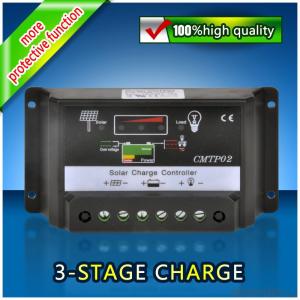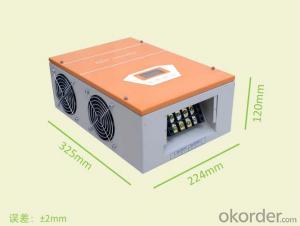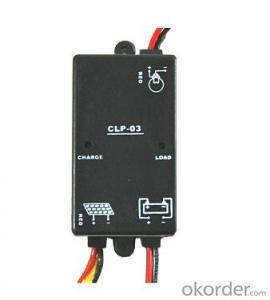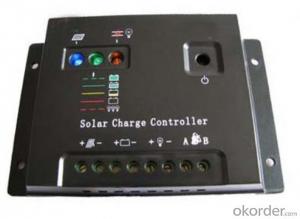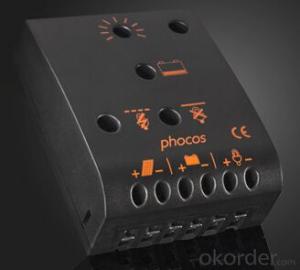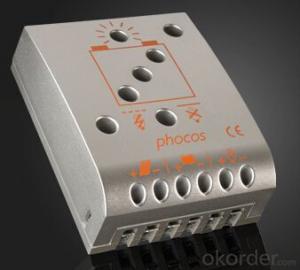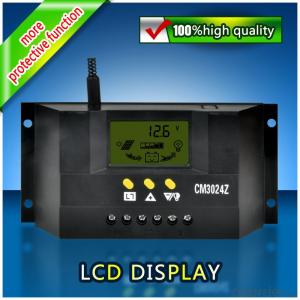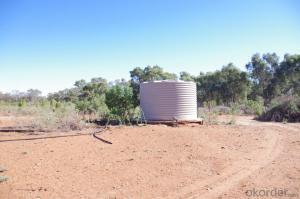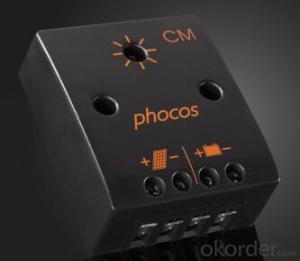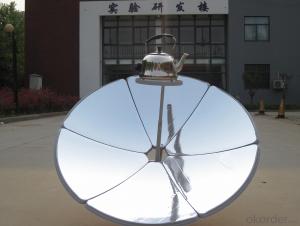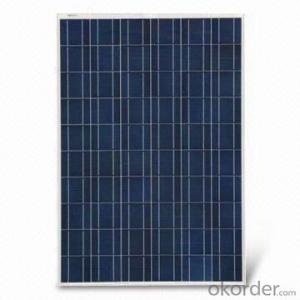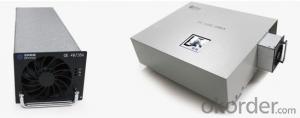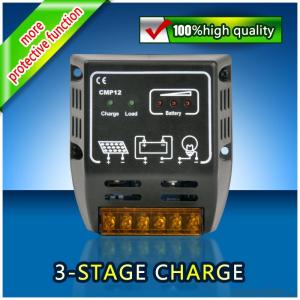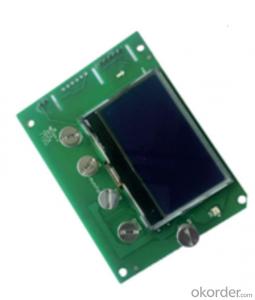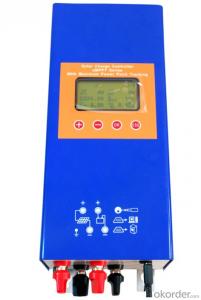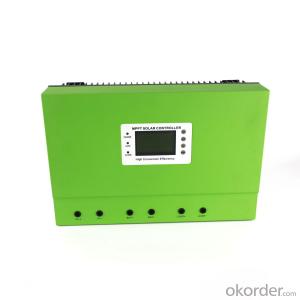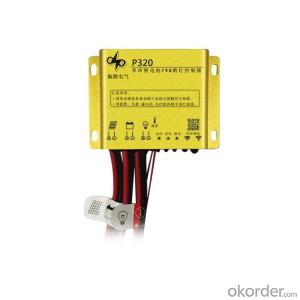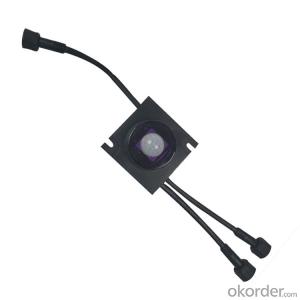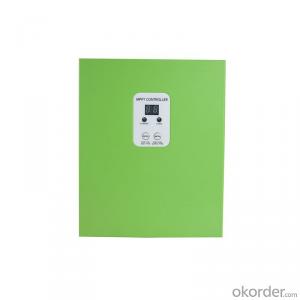Kanitti Solar Controller
Kanitti Solar Controller Related Searches
Arduino Solar Controller Inverter Solar Controller Heliotrope Solar Controller Inverter Controller Solar Solar Controller Inverter Kaneka Solar Module Solar Inverter And Controller Solar Controller And Inverter Solar Panel With Controller Tracer Mppt Solar Controller Solar Inverter Italy Solaris Solar Inverter Mppt 30A Solar Controller Solar Solar Inverter Solar Charge Controller Specification Sun Solar Inverter Arduino Solar Inverter Bonfiglioli Solar Inverter Smart Inverter Solar Smart Solar Inverter Solar Mini Inverter Solar Converter Inverter Opti Solar Inverter Longi Solar Module Solar Smart Inverter K Solar Inverter Sunpower Solar Inverter Solar City Inverter Mini Inverter Solar Mini Solar InverterKanitti Solar Controller Supplier & Manufacturer from China
Kanitti Solar Controller is a range of advanced solar power management devices designed to optimize the performance and efficiency of solar energy systems. These controllers are engineered to regulate the flow of electricity from solar panels to the battery bank, ensuring that the energy is stored and utilized effectively. They also come with features like load control, temperature compensation, and battery protection, making them essential components in various solar-powered applications.The Kanitti Solar Controller is widely used in a variety of settings, from residential rooftop installations to large-scale commercial and industrial solar projects. They are particularly beneficial in off-grid systems where reliable energy storage and management are crucial. These controllers can also be found in applications such as street lighting, telecom towers, and agricultural systems, where a stable and efficient power supply is needed. By automating the complex processes involved in solar energy management, the Kanitti Solar Controller helps users save on energy costs and reduce their carbon footprint.
Okorder.com is a leading wholesale supplier of Kanitti Solar Controllers, offering a vast inventory to cater to the diverse needs of customers worldwide. With a commitment to quality and customer satisfaction, Okorder.com ensures that the Kanitti Solar Controllers are available at competitive prices and are shipped promptly to meet the demands of various projects. By partnering with Okorder.com, customers can be confident in the reliability and performance of their solar energy systems, backed by the expertise and support of a trusted supplier.




